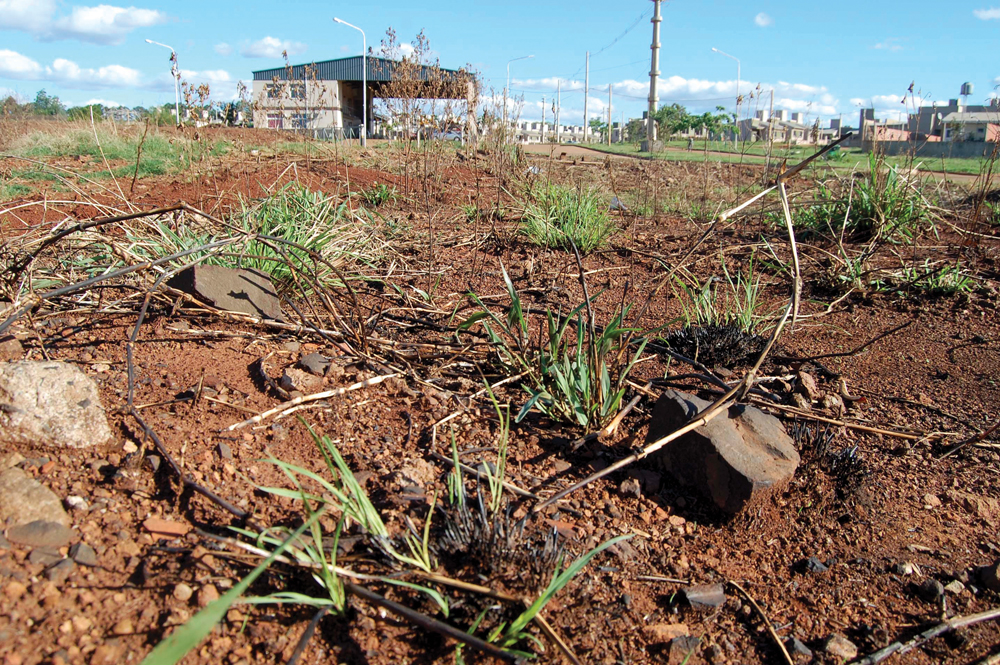Grains powerhouse Argentina is suffering a rainfall deficit of 150 to 300 millimetres with forecasts promising less moisture than necessary to fully refresh parched soy and cornfields, weather experts said recently as worry persisted about yield losses.
Months of hot, dry weather have put the country’s two main cash crops at risk. Argentina is the No. 3 international corn supplier and the world’s top exporter of soymeal livestock feed used to fatten hogs and poultry from Europe to Southeast Asia.
The Rosario grains exchange has estimated Argentina’s 2020-21 corn crop will be 48 million tonnes. But the dryness has put that target at risk, according to Federico Di Yenno, a senior analyst with the Rosario grains exchange.
Read Also

The joys of fishing from shore
Manitoba has many lake and river shorelines to drop a fishing line without the cost of a boat, making shore fishing more accessible, and anglers can still catch impressive fish.
“With these weather conditions it is difficult to continue to assume that yield development will be normal, resulting in a corn crop of 48 million tonnes,” Di Yenno said.
The exchange expects a soybean crop of 50 million tonnes this year, although soy yields are expected to be affected by dryness as well. Argentine soy harvesting starts in March while corn starts being collected in April.
In the last two weeks, above-normal temperatures and insufficient rainfall worsened the soil moisture profile in many parts of Argentina’s main Farm Belt, according to Di Yenno.
“In the next 15 days the critical period of corn crop development begins, so an accumulated 120 to 140 millimetres of rain is needed for optimal development,” Di Yenno said on Jan 7.
“The weather forecast is not encouraging since the accumulated rainfall for the next 15 days does not exceed 60 millimetres in the region that needs the most water,” he added.
In the following days regional rains were expected to hit some croplands around the breadbasket province of Buenos Aires, and those rains will expand to other areas through the 10-day forecast, said U.S.-based Isaac Hankes, a weather analyst at Refinitiv, the financial and risk business of Thomson Reuters.
“However, some central regions (La Pampa through Cordoba/Santa Fe) will remain drier than normal,” Hankes said.
“While some negative dryness impacts will persist regionally, it does not look like a scenario of widespread Argentine drought in January,” Hankes added.
Local farm analyst Pablo Adreani, of the Buenos Aires-based AgriPAC consultancy, was less optimistic.
“The situation in Argentina is very dramatic. There are forecasts showing dryness persisting through January,” he said.
“If it does not rain in abundance and over wide areas, the situation will get more and more critical, causing crop losses for both corn and soy,” Adreani added.
The soybean market has transitioned into “rationing mode” as tight global supplies and crop-stressing drought in Argentina have ignited the strongest soy market rally in years, Joe Stone, the head of Cargill Inc.’s agricultural supply chain, said Jan. 6.
“We are going to need to ration. The extent of how much we’re going to need to ration is probably going to be a function of the weather that we see in Argentina,” Stone said during a webinar hosted by the U.S. Soybean Export Council.
He did not provide any details about how that rationing would occur.
Global grain and oilseed prices have soared as China and other global buyers accelerated purchases due to food security concerns and shrinking supplies amid adverse weather in South America and other crop-producing areas around the world.
Argentina last month suspended corn export sales until March to conserve domestic supplies, and Russia imposed duties on wheat and soybean exports amid concerns about rising domestic food prices.
Top soy importer China has booked record soy purchases this season. Record shipments from Brazil have also prompted the top soy exporter to import beans from the United States.
The shift from a global crop surplus over the past several years to the tightest supplies in at least seven years have sent benchmark U.S. soybean futures prices on the Chicago Board of Trade to 6-1/2-year highs.



















